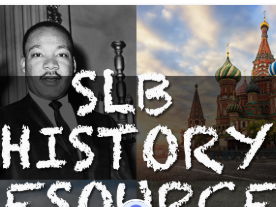SLBHistory's Shop
I have been teaching history since 2002 and I have been head of History at a school for 10 years which sees many of my students opt for GCSE, A level and beyond. I am passionate about History being taught well, and believe that this largely stems from good resources (as well of course effective delivery). My lessons and various teaching resources are therefore produced with the intention of inspiring students to think for themselves, to be challenged yet engaged.











